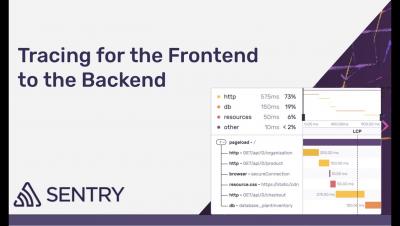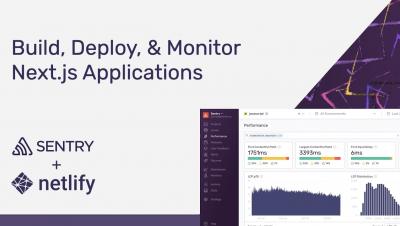Sentry's New Mobile App for Managing Releases
Once a year we let our imagination go wild for a whole week during our annual Hackweek event. It’s where we come up with product updates, like dark mode support, design them and implement prototypes. The mobile engineering team came up with the idea for a Sentry mobile app that focuses on Release Health. We wanted to give developers a concise but comprehensive view of if a release was healthy, errored, or experiencing abnormal crash sessions across multiple projects.











